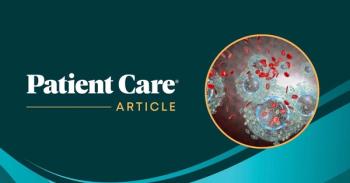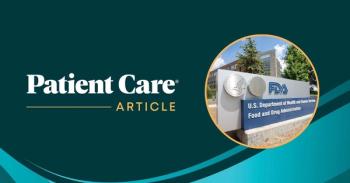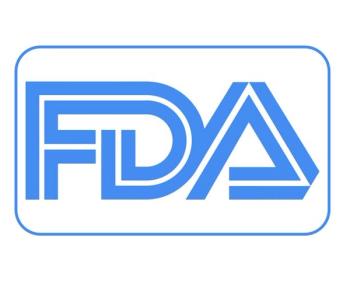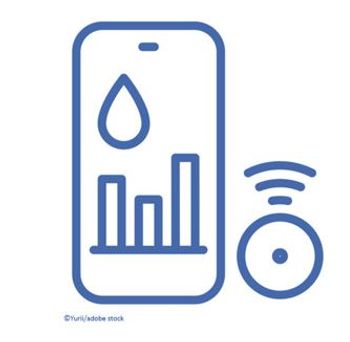
Unmet Needs in US Migraine Headache Management: OVERCOME Study First Data
Findings on use of acute and preventive migraine therapy continue to reveal gaps with far more patients eligible than the proportions using either type.
Lifetime consultation for migraine headache in primary care was common (70.03%), according to the first published findings of the longitudinal multicohort
And yet the study also found that the proportions of patients with
Led by well known migraine expert and investigator Richard Lipton, MD, of the department of neurology at the Albert Einstein College of Medicine in New York, OVERCOME is monitoring changes in patterns of consultation, diagnosis, and acute and
The findings summarized in the slide show below highlight cross-sectional data for the first cohort in the multicohort study.
Newsletter
Enhance your clinical practice with the Patient Care newsletter, offering the latest evidence-based guidelines, diagnostic insights, and treatment strategies for primary care physicians.

















































































































































































































































































